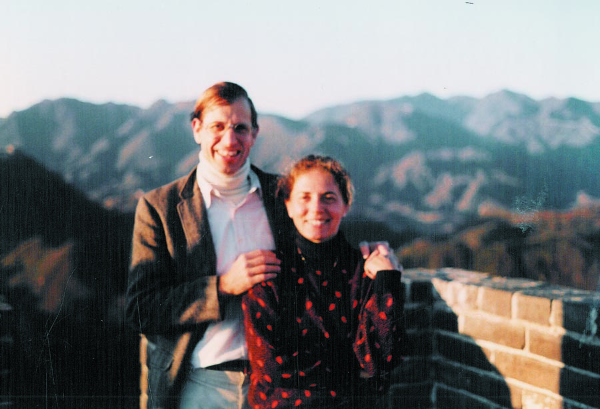Artful bliss in the garden of blankness
By Zhao Xu in New York | China Daily | Updated: 2019-06-01 10:30

With the Ink Art exhibition Hearn has taken one step further. The artists featured are Chinese who worked with everything from ink and brush to sculpture, photography, print and new media. If there's anything in common, it's that they continue the tradition by subverting it. In one example, an artist had his own face overwritten with inky Chinese words, as a commentary on and protest against the cultural labeling he has been subjected to in the US.
"In China today there are many amateur calligraphers and painters who are very talented. But when I did the show, I wasn't simply interested in how that artistic tradition is being sustained, but rather, how it has been challenged by those who seek to create a new relationship with the past, and to elevate the discussion beyond the level of technique."
Hearn himself practiced Chinese calligraphy, a process that has "taught me something about the control that goes to the artful use of a brush".
"Ancient Chinese painting celebrated the concept zhuo-studied clumsiness-as a beguiling form of sophistication. I'm naturally zhuo since I'm left-handed. However, trying to wield a brush did give me a deeper understanding of the calligraphic nature of ancient Chinese painting.
"Historically, in the West, viewers have judged a painting of a tree by how naturalistic it looks, and how light and shadow model form, whereas in China people are concerned not just with how natural the tree appears, but how vital the lines are. Life is instilled into the depicted subject by the energy of the brushwork, which intensifies your experience of the tree. Ultimately, one experiences the way the tree was painted."
Hearn likens the highly individualistic touch with an autograph that offers a glimpse into the artist's inner world.
























